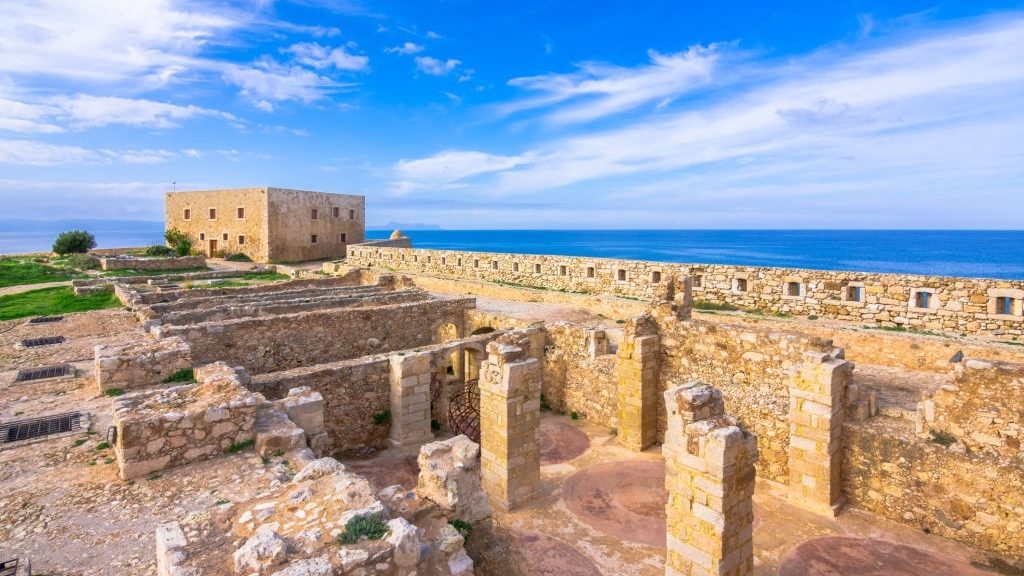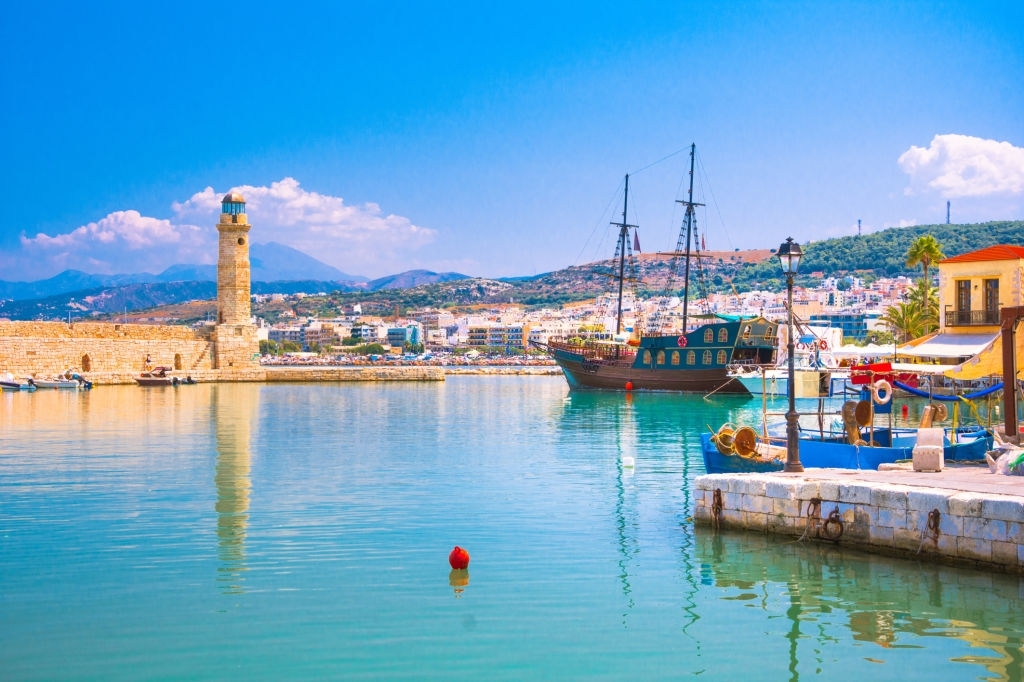
History of Rethymno City
The first evidence of habitation for the city of Rethymno comes from the Late Minoan years (1550-1250 BC). However, the ancient city of Rithymna reached its heyday much later, between the 4th and 3rd centuries BC.
The History of the city of Rethymno
After this period of prosperity, the city is in decline until the Roman years; similarly, in the years of Arab rule and the First Byzantine period that follows, historical information is minimal. Everything changes from 1211 onwards, with the occupation of Crete by the Venetians who realize the importance of the port of Rethymno. At first, the Venetians settled in Castel Vecchio, the small fortified core of the settlement, which soon expanded and required new fortifications. The imposing walls built by the Venetians, started on the east side of the beach, with Kallergis bastion on the west end. However, it left the city vulnerable to attacks from the sea. In 1571, the pirate Uluj Ali, taking advantage of this vulnerability, managed to destroy and loot the city without finding any significant resistance. This fact led the Venetians to establish the fortress of Fortezza on the hill of Paleokastro, in 1573.

After the beginning of the 16th century, a period of prosperity begins in the city of Rethymno. The Cretan Renaissance (6th-7th century AD) is a particularly important period for the advancement of letters and arts. During this time, the “Cretan War” is written by Marino Tzane Bounialis, a multifaceted poetic vignette that chronicles the war between the Venetians and the Turks for the occupation of Crete (1645-1669) and provides significant information about the social life of the people in Rethymno during the last years of Venetian rule. Other important personalities of this period are Markos Mousouros, Nikolaos Vlastos, and Georgios Chortatsis, who gave the world the tragic story of Erofili. After the conquest of Crete by the Turks in 1669, Rethymno entered a period of cultural and economic decline and was largely abandoned by its inhabitants. During the years of Cretan Intervention (1897 – 1898), Rethymno was occupied by Russian and Polish troops which left permanently in 1907. Some important construction projects were carried out, mostly bridges and roads.
In its recent past, Rethymno was bombed during the Second World War and many buildings were destroyed. The revival of the city was slow, and in fact, the economic recovery of the modern city of Rethymno only began after the 1970s, along with its tourist development. In the late 1990s, some departments of the University of Crete moved to the campus found in Gallos, which also positively contributed to the resurgence of the city. Today it is a popular tourist destination for visitors from all over the world, especially during the summer.